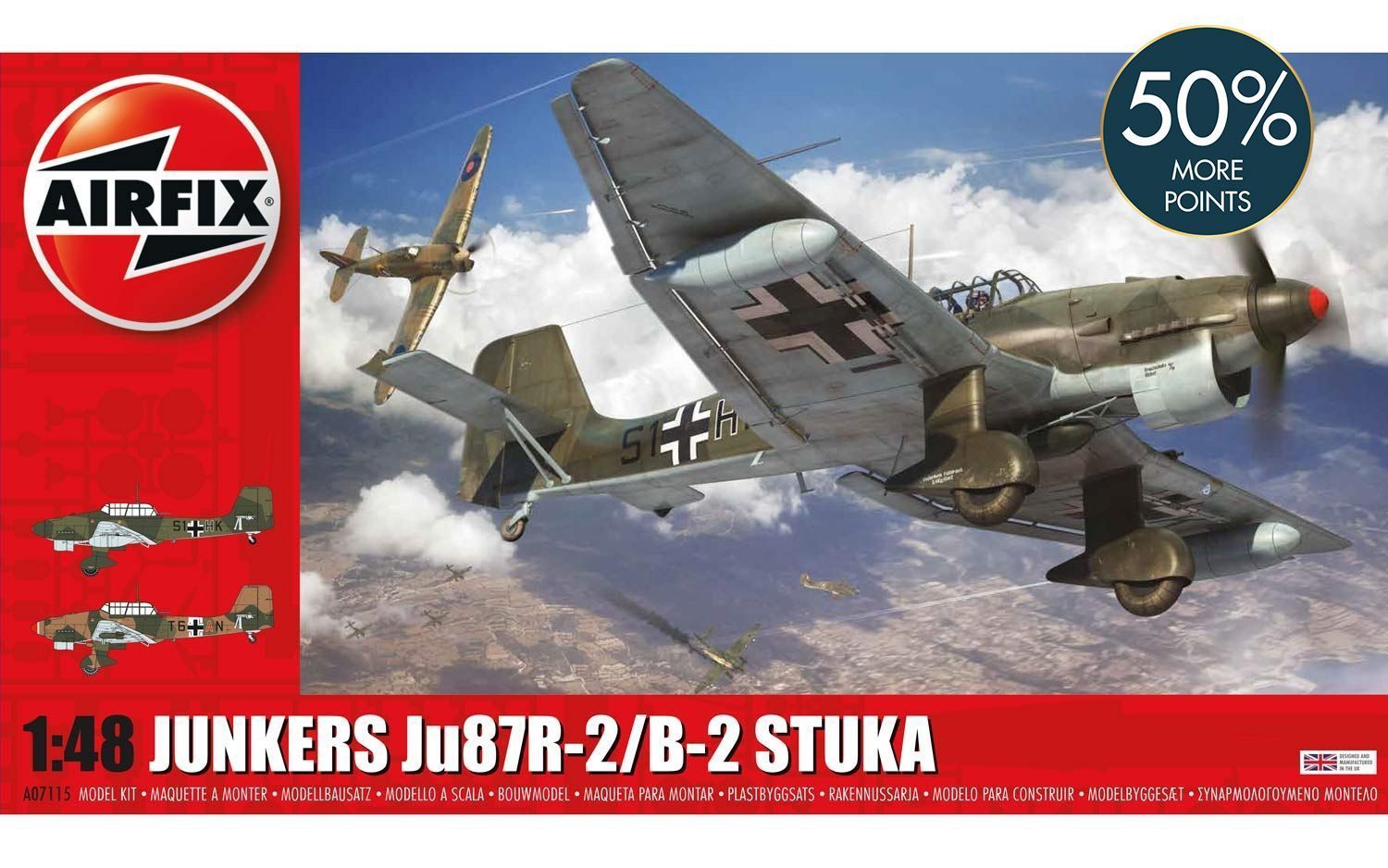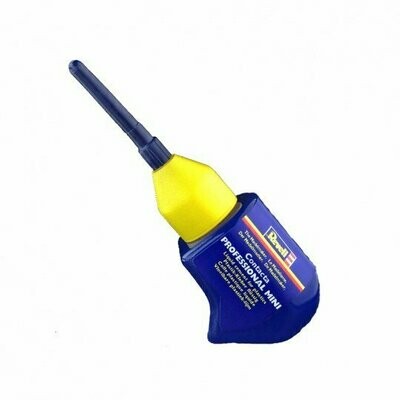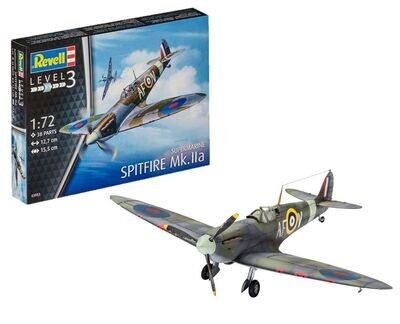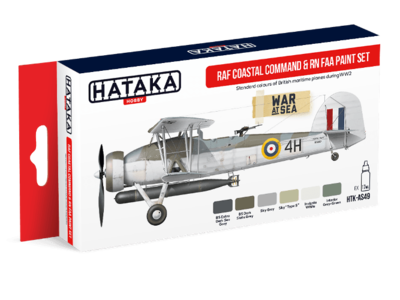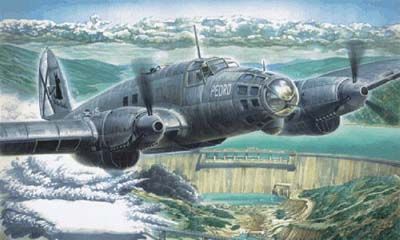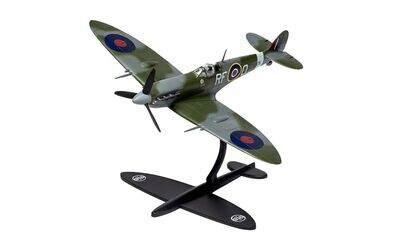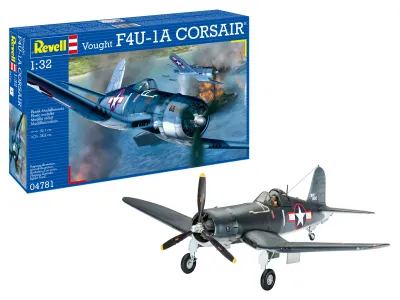Gift Vouchers
Used Gear / Boneyard
New Products & Re-Stock
Airsoft Guns
Electric Guns
Pistols Gas & Co2 Blowback
Revolvers & Non-Blowback
Spring Rifles
Grenades & Launchers
Shotguns
Spring & Electric Pistols
BB's Gas Co2
Scopes & Sights
Batteries & Chargers
Batteries, Chargers, Electrical
Other Batteries
Fuse
Wire & Connectors
Battery Box / Pouch etc
Magazines
AEG Hi-Cap Magazines
AEG Mid-Cap Magazines
Magazine Accessories
Bolt Action / Sniper Mags
Gas & Co2 Mags
Spring & AEP Pistol & Shotgun Mags
External Parts & Accessories
Pistol External Parts / Accessories
Flashlights, Tracers & Lasers
Silencers & Flash Hiders
Hand Guards & Grips
Miscellaneous
Bipod
Rails, Covers & Mounts
Slings & Accessories
Receivers & Stocks
Parts (AEG - Pistol - Sniper)
Gearbox Parts
Complete Gearbox & Shells
Springs & Guides
Piston & Piston Heads
Cylinder & Cylinder Head
Air Nozzles
Tappet & Selector Plates
Gears & Bearings
Motors
Switch & Electrical
All other Parts
Cut off & Anti reverse Lever
Triggers
Pistol & Rifle Parts Gas & Co2
Valves - Co2 & Gas Replicas
Seals & O-Rings - Co2 &Gas Replicas
Springs - Gas & Co2 Replicas
Magazine Parts - Co2 & Gas Replicas
Nozzle - Cylinder - Piston
Hammer & Sets
Triggers & Trigger bar
Screws & Pins
External Parts
Mosfets
Selector, Mag Release, Etc
Grenade Parts
Hop-Up Units - Bucking - Barrels
Barrels
Hop up Bucking & Nubs
Hop Up Units & Parts
Electrical Parts
Spring Sniper Parts
Protective Wear
Footwear
Masks & Eye Protection
Gloves
Helmets & Accessories
Pads & Other Protection
Gun Bags & Cases
Vests Rigs Pouches Holsters
Holsters
Magazine Pouches Etc
Utility / Cargo Pouch
Other Pouches (Radio, Admin, Map)
Stock Pouch & Pads
Vest & Pouch Accessories
Hydration Accessories
Vests, Rigs Plate Carriers
Tactical Accessories
Paracord & Accessories
Paint - Camo Tape - Netting Etc
Dummy Knives, Grenades etc
Patches, Flags Etc
Patches
Flags
Dog Tags & Others
Clothing & Uniforms
Shirt & UBACS
T-Shirts
Trousers
Jackets
Kids Clothing & Accessories
Head Wear
Camo - Scarf - Balaclava - Gaitor
Fleece & Hoodies
Belts
Comms & Accessories
Tools & Maintenance
Targets & Shooting Accessories
Hobbies & Models
New Warhammer & Hobby Products
Paints, Washes, Weathering
Citadel Paints
Contrast Paint
Base Paint
Shade
Layer Paints
Dry Paints
Technical Paint
Air Paints
Spray Paints
Paints & Paint Packs
Washes, Weathering & effects
Basing & Diorama
Tools, Accessories & Sets
Brushes
Modeling Tools & Accessories
Game Accessories
Military Vehicle Kits
Military Aircraft Kits
Military Marine Vessel Kits
Non Military Kits (Vehicles ,Ships , Aircraft)
Star Wars Kits & Others
Other Kits - D&D - People - Fantasy
Quickbuild Kits, 3D, Puzzle
Boxed Games (Warhammer, Age of Sigmar etc)
Warhammer 40K
Necromunda
Blood Bowl
Lord Of The Rings - Middle Earth
Age Of Sigmar
Codex - Index - Game Books
Black Library
White Dwarf Magazine
Outdoor & Camping
Torches / Headlamps
Hydration
Bags Backpacks Containers
Other Outdoor Accessories

